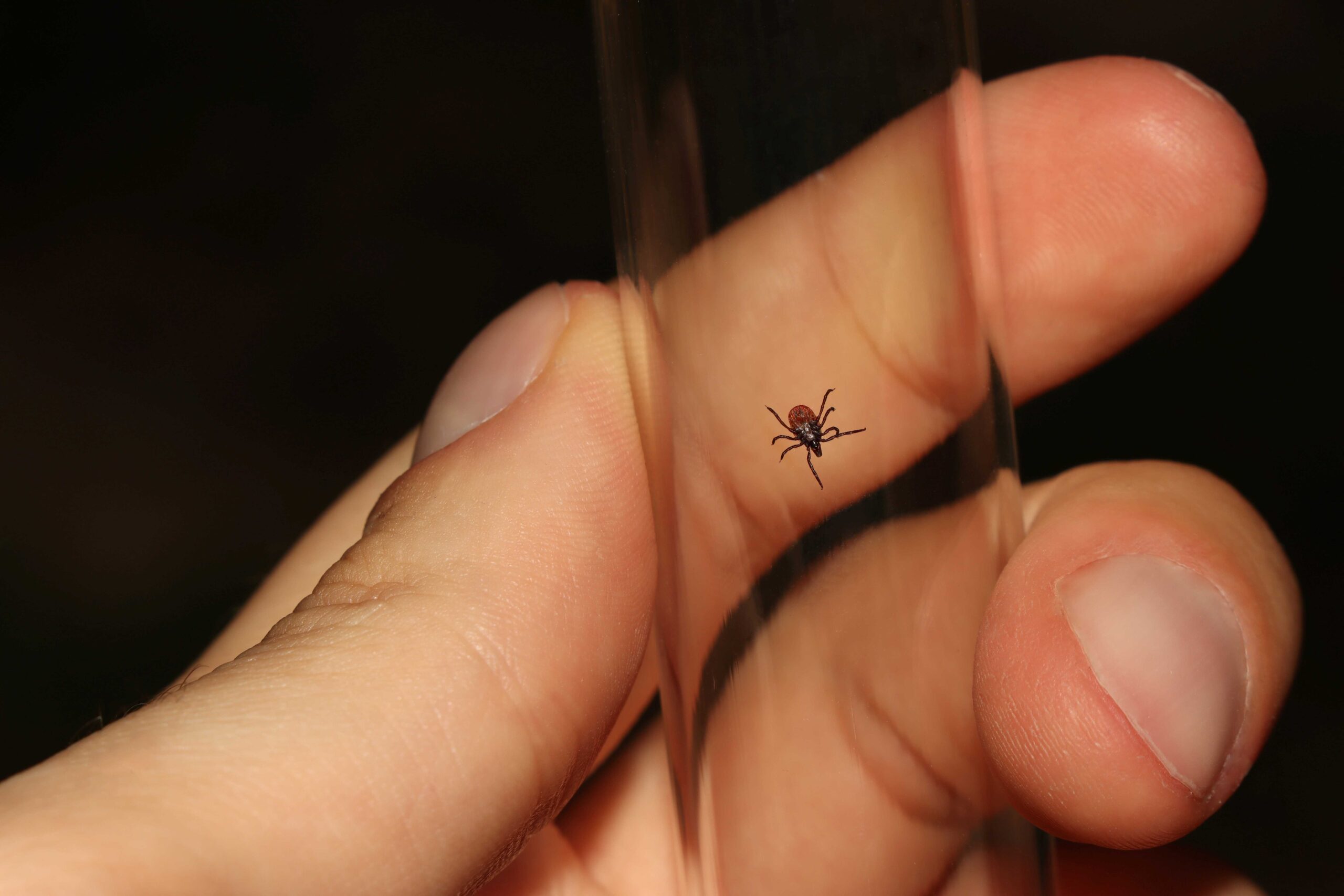Lyme Disease may not be the first thing that springs to mind when you think of South Africa, but don’t let that fool you. This stealthy infection has quietly been making its presence known. In this easy-to-read piece, we’ll delve into the history of Lyme Disease in South Africa, how one catches it, and the places and things you might want to sidestep to stay safe.
A Historical Bite: Tracing Lyme Disease in South Africa
While Lyme Disease is often associated with the woodlands of North America and Europe, its history in South Africa dates back to the 1980s. It was during this time that Lyme Disease was acknowledged, primarily among travellers returning from tick-infested areas. However, in the subsequent years, cases of Lyme Disease began emerging among residents who had not travelled abroad. This brought to light the reality that South Africa wasn’t spared from this tick-borne malady.
Catching the Culprit: How is Lyme Disease Contracted?
Now, let’s talk about how this pesky problem finds its way into our lives. Lyme Disease is primarily caused by the bacterium Borrelia burgdorferi, and in South Africa, it’s transmitted through the bite of infected ticks. These ticks are exceptionally tiny – about the size of a sesame seed – and their bites are often painless. The most common culprits are the ticks that lurk in grassy or wooded areas.
Safeguarding Your Adventure: Places and Things to Avoid
South Africa is famous for its stunning natural landscapes and hiking trails. However, it’s essential to be vigilant in grassy and wooded areas where ticks are prevalent.
Here are some places and things to avoid or be cautious around:
Tall Grasses and Bushes: Ticks love to hang out in tall grasses and bushes. Stick to the centre of hiking trails and avoid walking through thick vegetation.
Leaf Litter: These critters can often be found in leaf piles. Be cautious during autumn when leaves are abundant.
Unprotected Skin: When exploring nature, wear long-sleeved shirts, long trousers tucked into socks, and a hat. This minimises the skin area where ticks can latch on.
Camping Sites Near Woods: If you’re camping, try to set up your tent in areas that are not directly adjacent to heavy woods.
Pets: Your furry friends can unwittingly bring ticks into your home. Keep them tick-free by regularly checking their fur and using tick repellents.
While the beauty of South Africa’s natural landscapes is undeniably alluring, staying informed and vigilant about Lyme Disease is crucial. Take preventive steps, stay tick-aware, and continue to relish the wonders that South Africa has to offer!
Image Credit: Marino Linic on Unsplash





